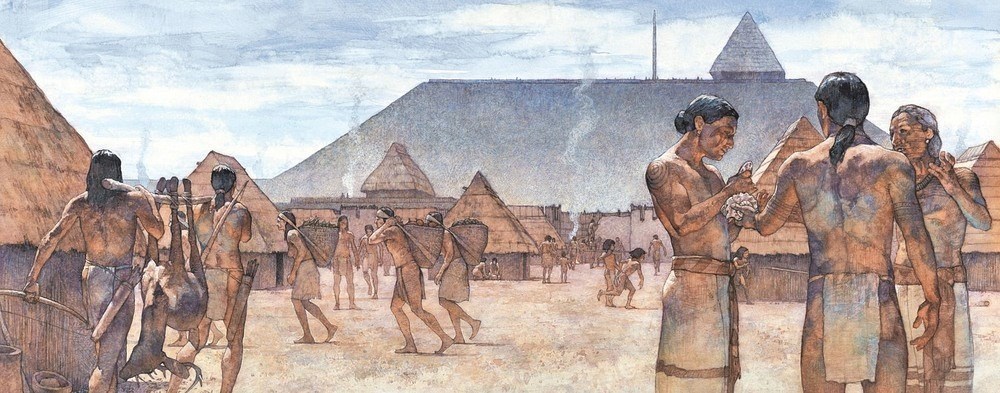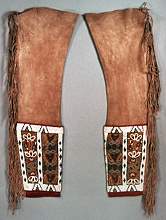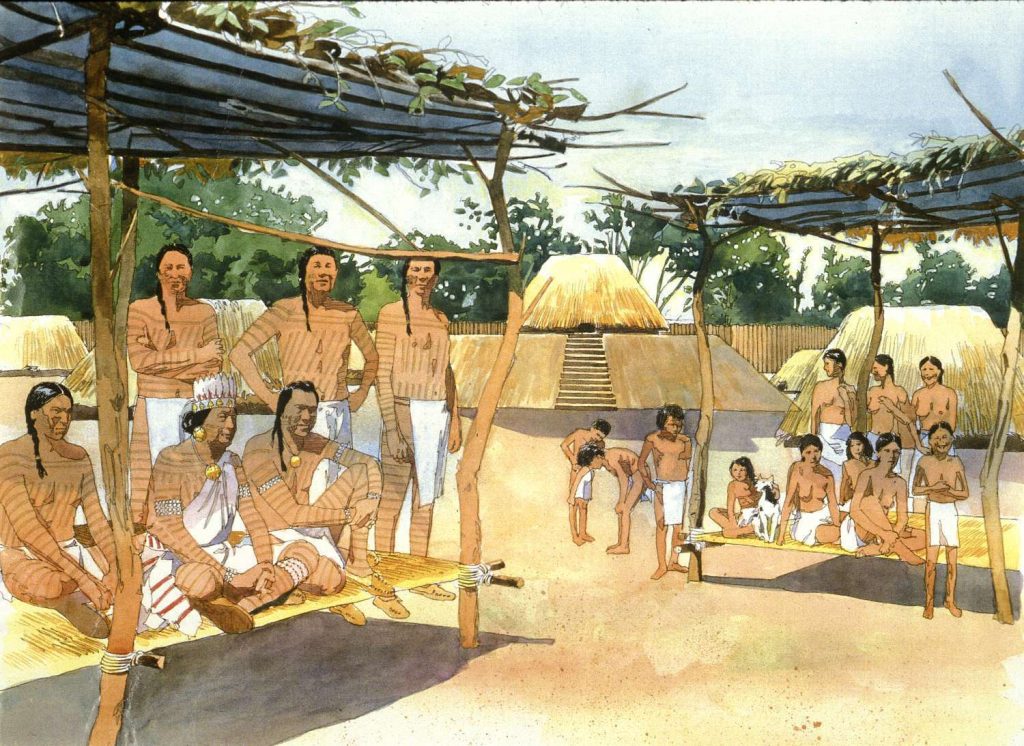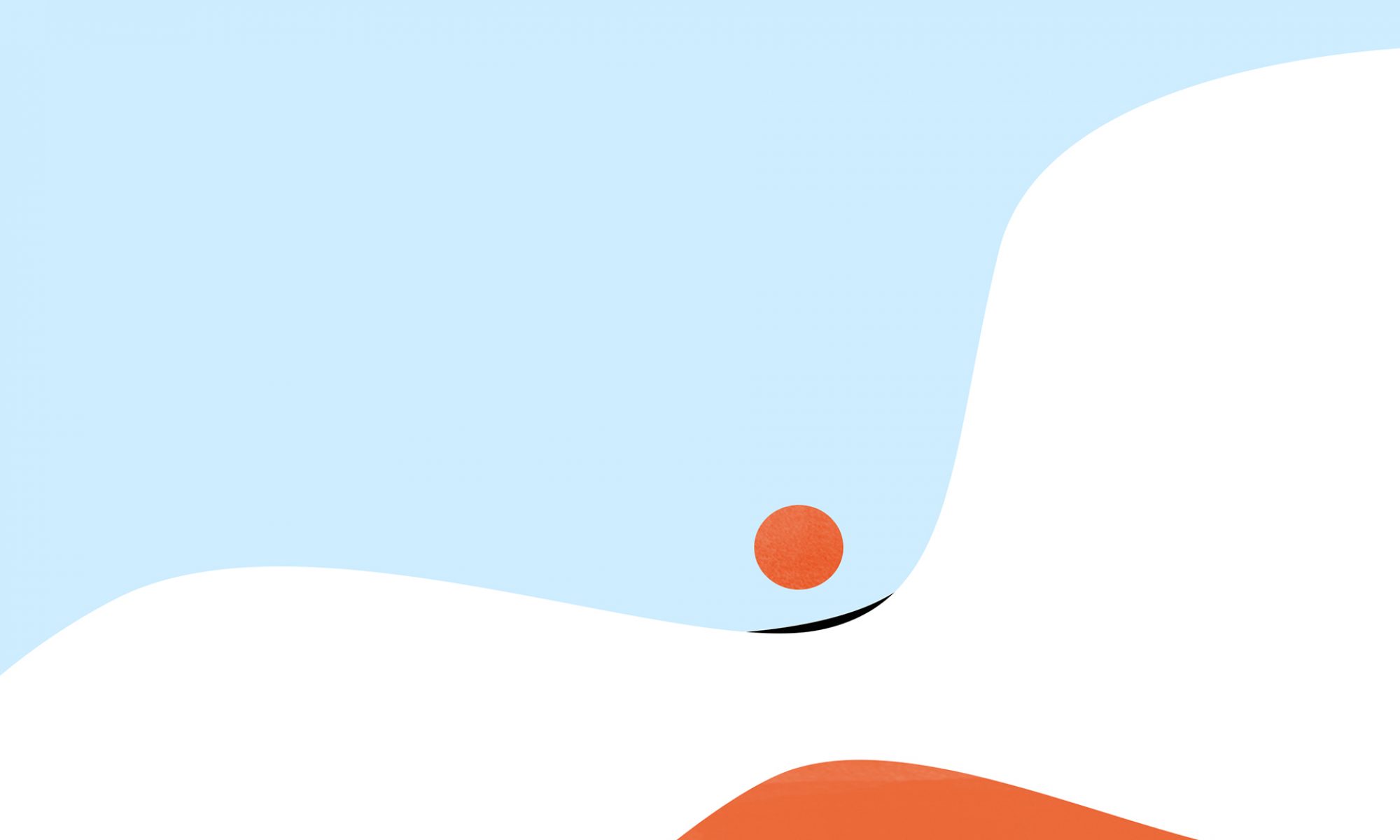One Animal, One Outfit
Before beginning my essay on First Nation clothing, I would like to recognize that the land I stand upon is traditional unceded territories of the Squamish, Tsleil-Waututh, Musqueam, Lil’wat and Sechelt (shíshálh) Nations. It is with privilege that I explore the history of First Nations and do so with the utmost respect. If I have misrepresented the culture or misworded myself, I truly apologize as it is not my intention to do so.
As the biggest hunting group ever is known, it comes as little surprise that animals played a crucial part in Aboriginal culture. Whether it be the meat for feeding or the fat to gel down hair, each part of the animal was utilized. Clothing, in particular, was also made from animals till they traded them for woolen clothing which was thought to be more practical.
With the large land that first nations inhabited, the various ecosystems meant for a large variety of animals. In some territories as what we now know as the northern areas of Canada, Alaska, and Greenland, polar bears and seal were the main sources for food and clothing. However, in the Southwest and Great Basin area where the climate was warmer, bison and buffalo were there the animals of choice. Both will be used as an example in this essay to create an ensemble for both men, women and two-spirited.

Head:
The hair was very important for many First Nation tribes. Hair was commonly worn down, braided or attached. It was occasionally styled with small animal skin bands around the head would be worn, adorned with small feathers.
Top:
Before trading animal skin for woolen clothes, men and women were generally uncovered in the chest area in the Great Basin area. However, depending on the tribe, some women would wear tanned bison and or buffalo skin for dresses. When the weather cooled down, the animals (bison and buffalo) thick fur would provide ample heat and would be enrobed around the bodice like cloaks.

Bottom:
Contrary to the top, the bottom half was usually covered. Men would wear breechclout, tanned bison skin worn between the legs and secured with a skinny belt. During colder climates, tanned skin leggings were attached. Women wore leggings and skirts with length varying for each tribe.
Feet:
For the feet, Native Americans either wore moccasins or mukluk.
Accessories:
Accessories were very important to first nations as they represented status and beauty. Bones of the bison and buffalo would be used to make necklaces, bracelets, earrings, combs and hair ornaments.

Many of the clothing generally known as Aboriginal came well after the 15th century. The feathered headgears, “fringed buckskin clothing, (…) and woven blankets” (“Native American Indian Clothing and Regalia”) were popularized after the colonization of the Americas.
In First Nation culture, animals were respected to a degree which many of us aren’t able to understand and so was clothing. It carried not only symbolic value or functional purposes but represented their culture, heritage, and identity. Although first nation clothing from the medieval times to the Renaissance may look simple, it cannot be overlooked. It gives us the ability to understand and respect those who have come before us and whose lands have been stolen.
Work Cited
Book:
Steele, Valerie. Encyclopedia of Clothing and Fashion. Vol. 1, C. Scribner, 2005.
“The Historical Encyclopedia of Costumes.” The Historical Encyclopedia of Costumes, by Albert Racinet, Facts on File, 1995, pp. 19–20.
Websites:
“Capilano University.” Our Campuses – Capilano University, www.capilanou.ca/about-capu/get-to-know-us/our-campuses/.
Kidwell, Clara Sue, et al. “Native American Women.” The Reader’s Companion to U.S. Women’s History, edited by Wilma Pearl Mankiller, Houghton Mifflin, 1st edition, 1998. Credo Reference, https://ezproxy.capilanou.ca/login?url=https://search.credoreference.com/content/entry/rcuswh/native_american_women/0?institutionId=6884. Accessed 01 Oct. 2019.
“Native American Hairstyles.” Native American Indian Hairstyles (Braids, Whorls, Scalplocks, Roached ‘Mohawk’ Hair, And Other Styles), www.native-languages.org/hair.htm.
Study.com, Study.com, study.com/academy/lesson/native-american-clothing-history-facts.html.
Images
Image 1. People of the City of Cahokia.” Great Empires of North America, Part 4: People of the Pyramid, thestrangecontinent.com/2018/05/26/great-empires-of-north-america-part-4-people-of-the-pyramid.
Image 2.“Native American Leggings.” Breechcloth/Breechclout and Native American Leggings, www.native-languages.org/breechcloth.htm.
Image 3.People of the City of Cahokia.” Great Empires of North America, Part 4: People of the Pyramid, thestrangecontinent.com/2018/05/26/great-empires-of-north-america-part-4-people-of-the-pyramid.
